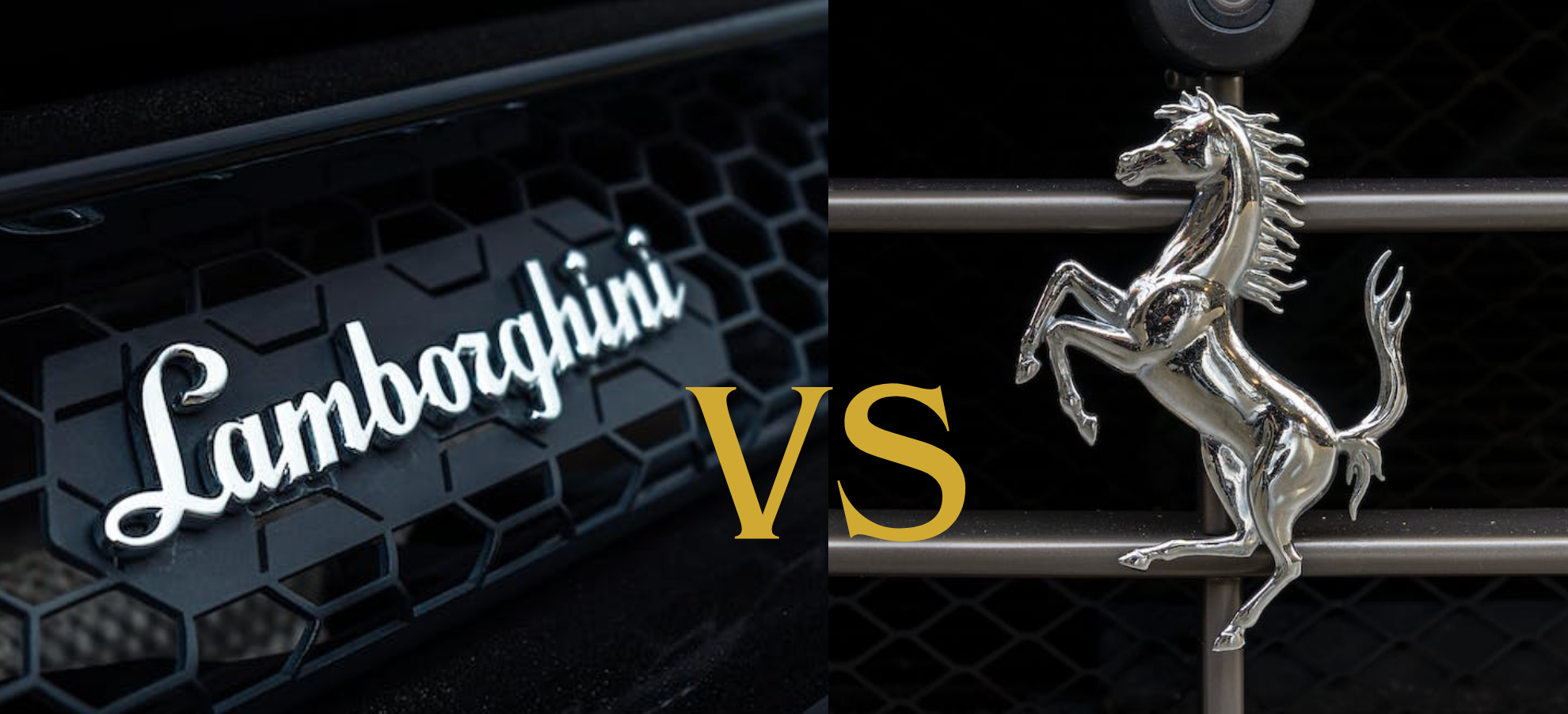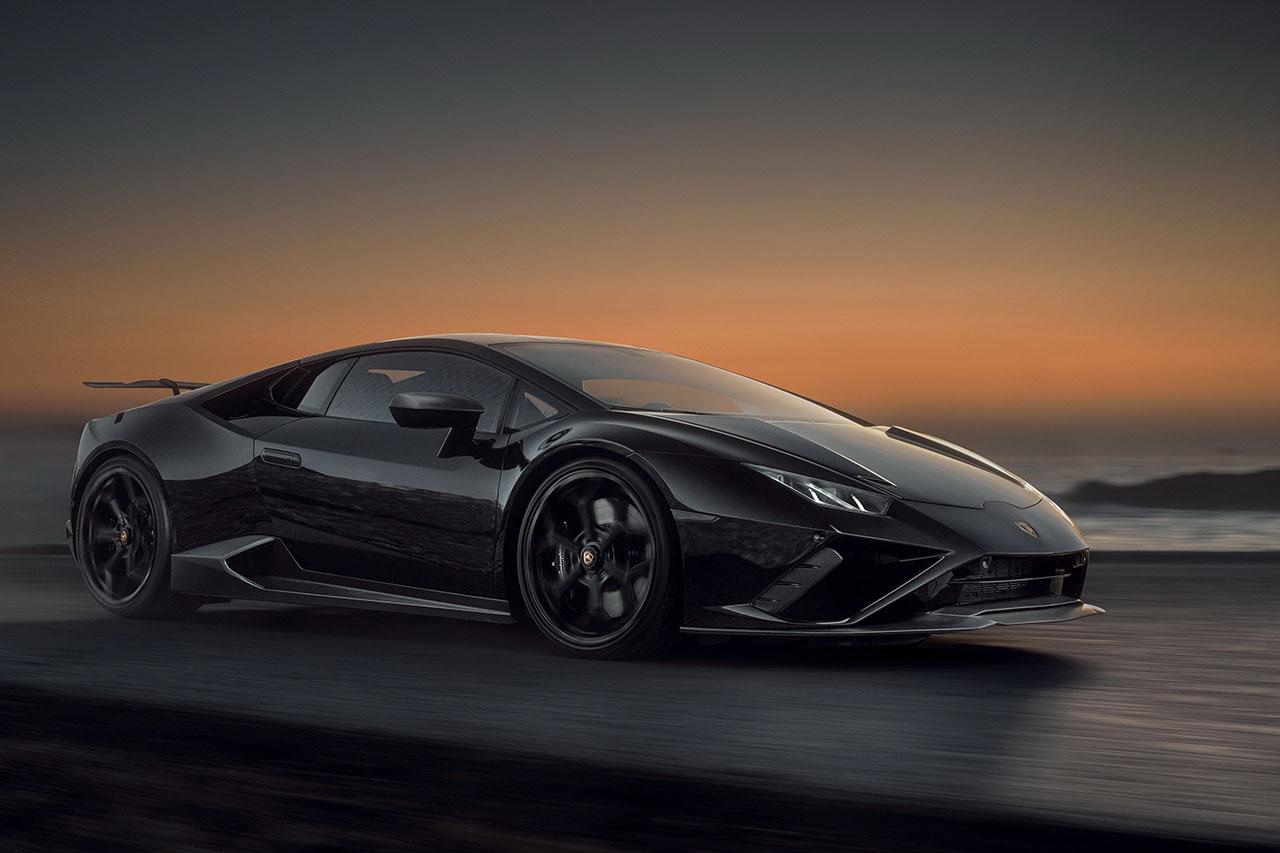Step into the world of classic Italian flair, where the symphony of carburetors and the scent of leather upholstery reign supreme. The Ferrari BB 512 and the Lamborghini Urraco P200 are more than just cars; they are rolling testimonies of an era when raw mechanical artistry was the cornerstone of luxury performance. For aficionados of classic autos, mentioning these names conjures images of sleek lines cutting through the air, engines roaring with unfettered power, and the thrill of handling that demands respect and finesse.
The Genesis and Evolution Ferrari BB 512 and Lamborghini Urraco P200
In the pantheon of automotive excellence, the Ferrari BB 512 and Lamborghini Urraco P200 are revered as legends that marked the zenith of Italian sports car craftsmanship in the 1970s. These machines were not merely about getting from point A to B; they were about doing it with style, bravado, and an exhilarating V12 or V8 soundtrack that could make even the most stoic petrolheads swoon.
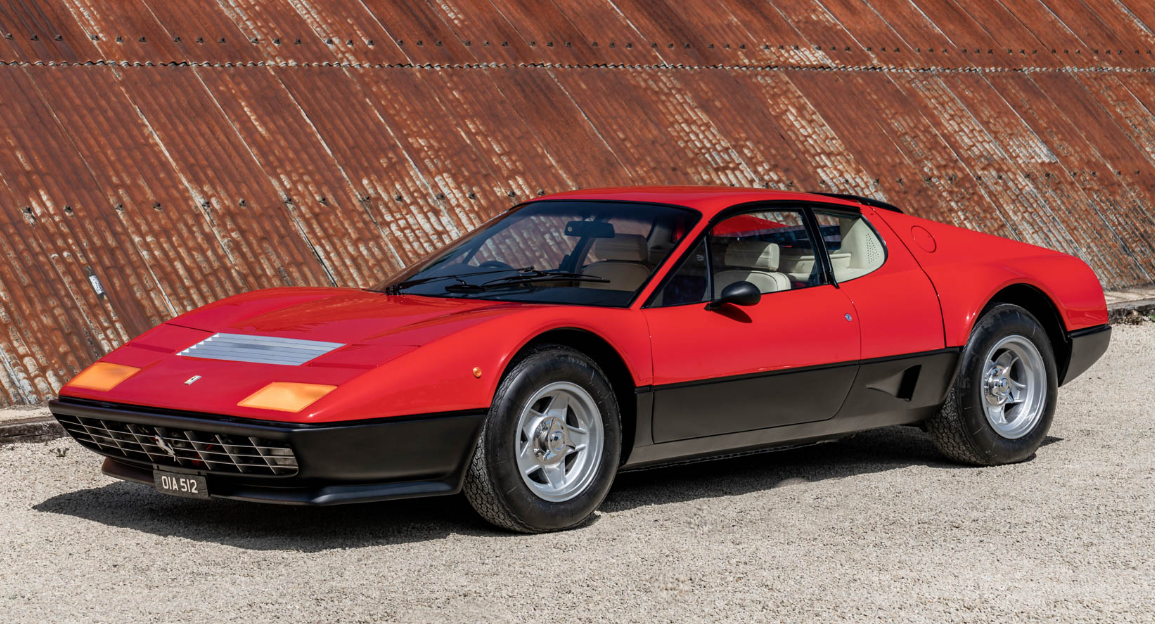
The Ferrari BB 512, with its lineage steeped in the storied past of Maranello’s finest, was a silver bullet that shot through the expectations of its time. It was the spiritual successor to the illustrious 365 GTB/4 ‘Daytona’ and took the mid-engine Berlinetta concept to new heights. The ‘BB’ stood for Berlinetta Boxer, a nod to its flat-12 engine layout—a heart that pumped ferocity into its steel veins.
On the other side of the Italian rivalry, the Lamborghini Urraco P200 was the raging bull’s answer to the call for a more accessible Lamborghini. It was intended not just as a machine for the elite but as a sports car for the enthusiast. With the Urraco, Lamborghini diversified its portfolio, aiming to blend daily drivability with the exoticism expected of its crest. The P200, while being the least powerful of the Urraco line due to Italian taxation laws, still retained the DNA of its more potent siblings, offering a spirited drive that was every bit Lamborghini.
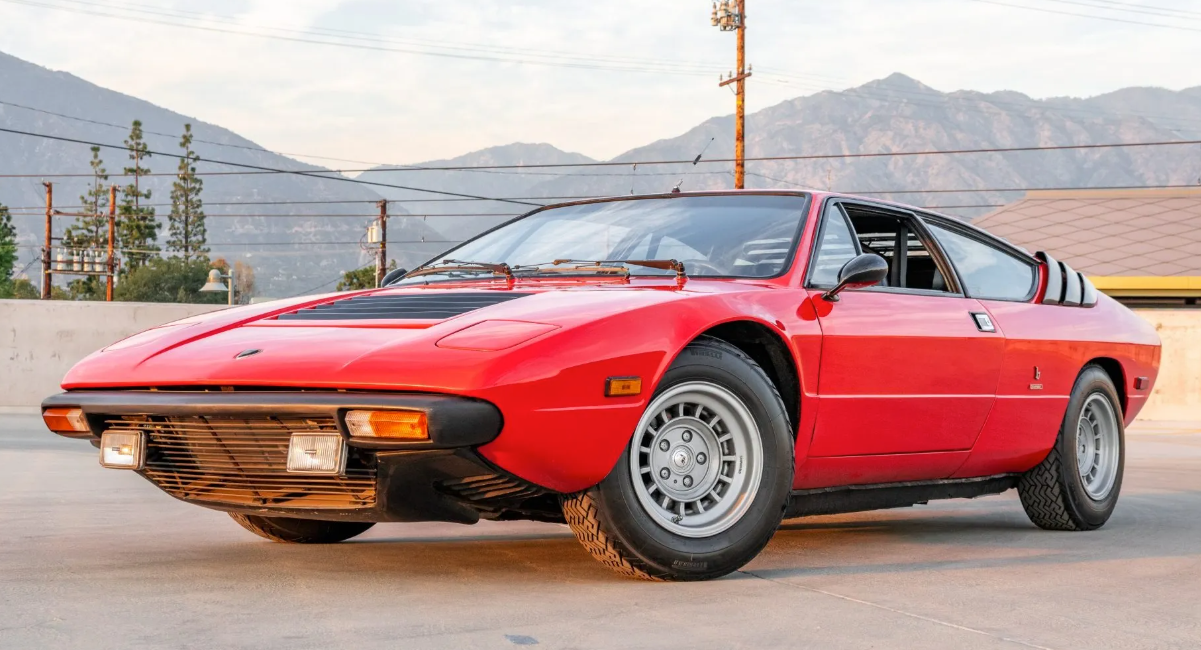
The Ferrari 512 BB was produced from 1976 to 1981. During this period, approximately 929 units of the 512 BB were manufactured.
The Lamborghini Urraco P200, which was specifically designed for the Italian market due to its tax laws at the time, was the least produced variant of the Urraco. It is reported that only around 66 units of the Urraco P200 were made, making it a rare model within the Urraco lineup and in the classic car market overall.
Market Value and Affordability
At the time of their release, the Ferrari BB 512 and Lamborghini Urraco P200 were positioned at the higher end of the sports car market, commanding significant Manufacturer’s Suggested Retail Prices (MSRP) reflective of their performance and brand prestige.
The Ferrari BB 512’s MSRP at launch was substantial, indicative of Ferrari’s positioning within the exotic car segment. In the late 1970s, the BB 512 would have had an MSRP that could exceed $75,000, which was a considerable sum at the time, translating to several hundred thousand in today’s dollars when accounting for inflation.
On the other hand, the Lamborghini Urraco P200, while still expensive, had a slightly lower entry price compared to the Ferrari, with an MSRP that was closer to the range of $40,000 to $50,000. This pricing strategy was part of Lamborghini’s effort to offer a more accessible exotic sports car.
Thrills per Mile: Speed and Agility
The Ferrari BB 512 and Lamborghini Urraco P200 were engineered with a focus on delivering a top-tier performance that was indicative of their storied badges. The BB 512, renowned for its sheer speed and acceleration, was one of the fastest cars of its era. It could achieve 0 to 60 mph in just 5.4 seconds, a benchmark sprint time for the late 1970s. This performance was complemented by a top speed that nudged towards 175 mph, making it a member of an elite club of cars at the time that could boast such figures.
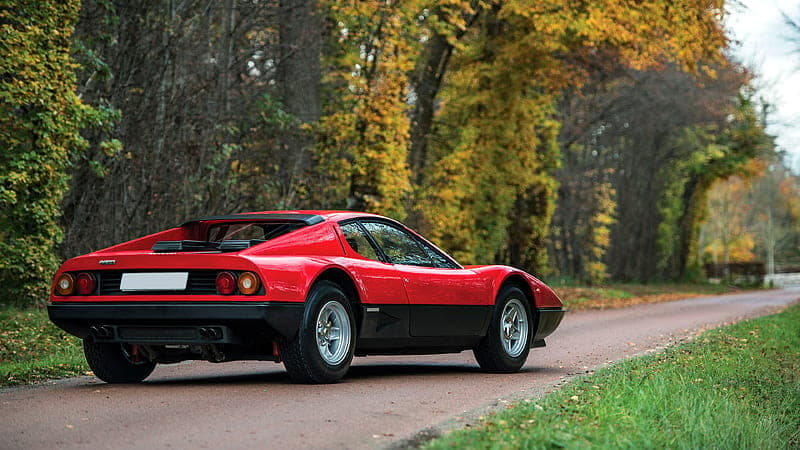
The Urraco P200, while not as swift as the BB 512, was no slouch in its performance delivery. It was crafted to provide a driving experience that was both engaging and vigorous, with a 0 to 60 mph capability in the region of 7.2 seconds and a top speed of approximately 150 mph. These figures made the Urraco P200 competitive in its segment, offering spirited performance that could hold its own against other sports cars of the day.
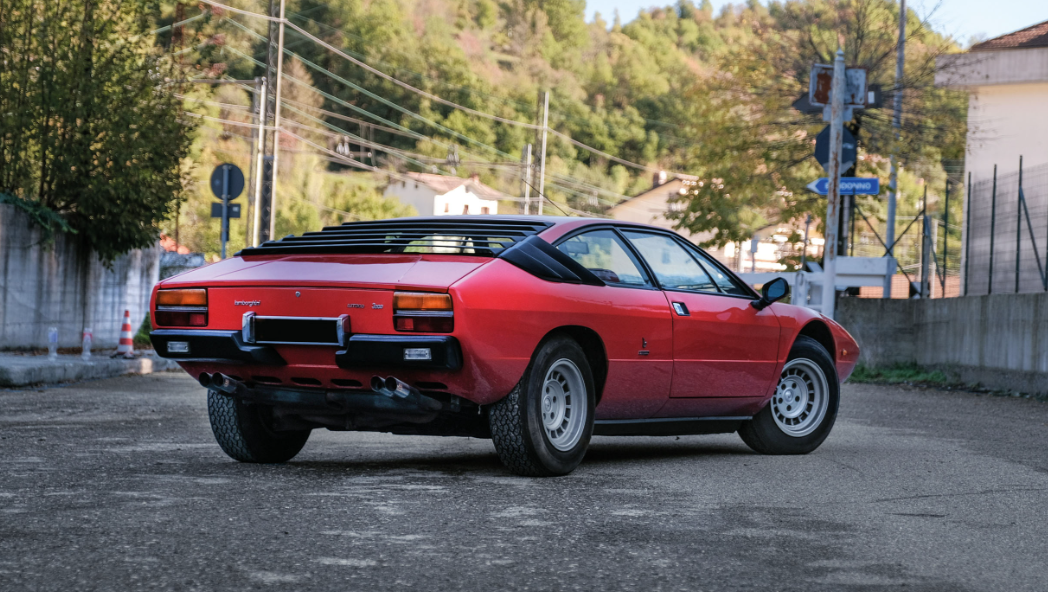
In terms of driving experience, both cars were a testament to Italian engineering. The BB 512’s performance was characterized by its immediate throttle response and the thrilling crescendo of its flat-12 engine as it approached the redline. The Urraco P200, with its smaller V8, offered a more nuanced performance profile, focusing on agility and the finesse of its handling, allowing drivers to exploit the car’s balance and responsive nature.
Mastery of Movement: Engine and Shift
The Ferrari BB 512 was equipped with a rear-wheel-drive system, which, combined with its mid-engine layout, provided an optimal weight distribution and a low center of gravity. This design choice was instrumental in achieving the car’s celebrated handling prowess. Power was delivered to the wheels through a 5-speed manual gearbox that was known for its precise and engaging shift mechanism, allowing drivers to feel intimately connected to the car’s powertrain. The gear ratios were finely tuned to exploit the wide power band of the flat-12 engine, ensuring that power was readily available across the rev range.
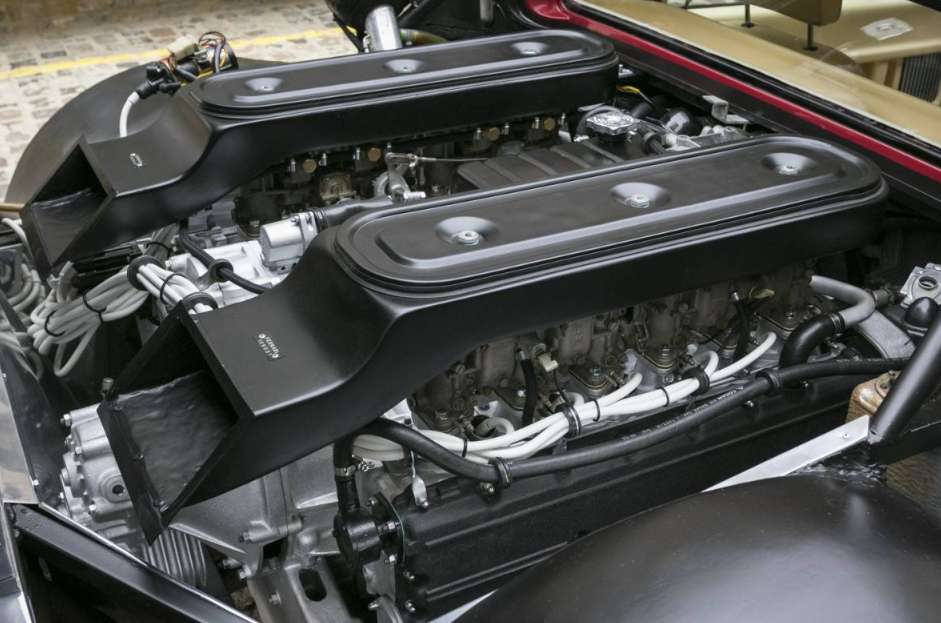
| Specification | Ferrari BB 512 |
|---|---|
| Production Years | 1976 – 1981 |
| Engine | 4.9-liter flat-12 |
| Power Output | 360 hp @ 6200 rpm |
| Torque | 333 lb-ft @ 4600 rpm |
| Transmission | Five-speed manual |
| Drive Layout | Rear-wheel drive |
| Top Speed | 280 km/h (174 mph) |
| Acceleration (0-60 mph) | 5.4 seconds |
In parallel, the Lamborghini Urraco P200 also featured a rear-wheel-drive configuration. This was a common trait for sports cars of the era, favoring handling dynamics that allowed for spirited driving. The Urraco’s transmission was a 5-speed manual as well, offering drivers a level of engagement and control that was essential for a sports car of its caliber. The gearbox was designed to work in harmony with the V8 engine, ensuring that the Urraco could deliver its power smoothly and efficiently, making the car both exciting and accessible to drive.
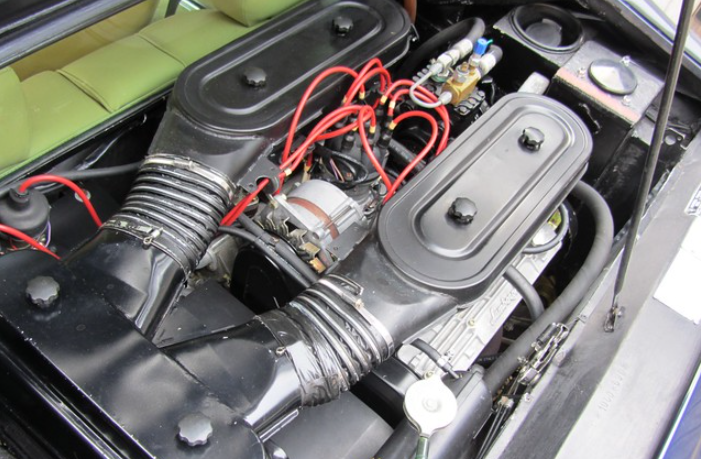
| Specification | Lamborghini Urraco P200 |
|---|---|
| Production Years | 1975 – 1977 |
| Engine | 2.0-liter V8 |
| Power Output | 182 hp |
| Torque | Not specified |
| Transmission | Five-speed manual |
| Drive Layout | Rear-wheel drive |
| Top Speed | 240 km/h (150 mph) |
| Acceleration (0-60 mph) | 7.2 seconds |
Ferrari’s approach was to create a drivetrain that emphasized high performance and racetrack capability. At the same time, Lamborghini focused on delivering a balanced and involving driving experience that could be enjoyed on both the open road and the track.
The Driver’s Realm: Elegance and Ergonomics
The cabin of the Ferrari BB 512 is a blend of sportiness and simplicity, in line with the brand’s focus on performance. The seats are upholstered in high-quality leather, a standard for Ferrari, providing a firm yet comfortable support suitable for both spirited driving and longer journeys. The driving position is low and enveloping, designed to give the driver a sense of connection with the car and the road. The dashboard layout is functional with an emphasis on ergonomics, placing all essential controls within easy reach. Gauges are prominently displayed, providing the driver with immediate access to vital vehicle information. While noise insulation in the BB 512 is minimal, as is typical for sports cars of the era, the engine’s sound is considered a hallmark of the driving experience rather than an intrusion.
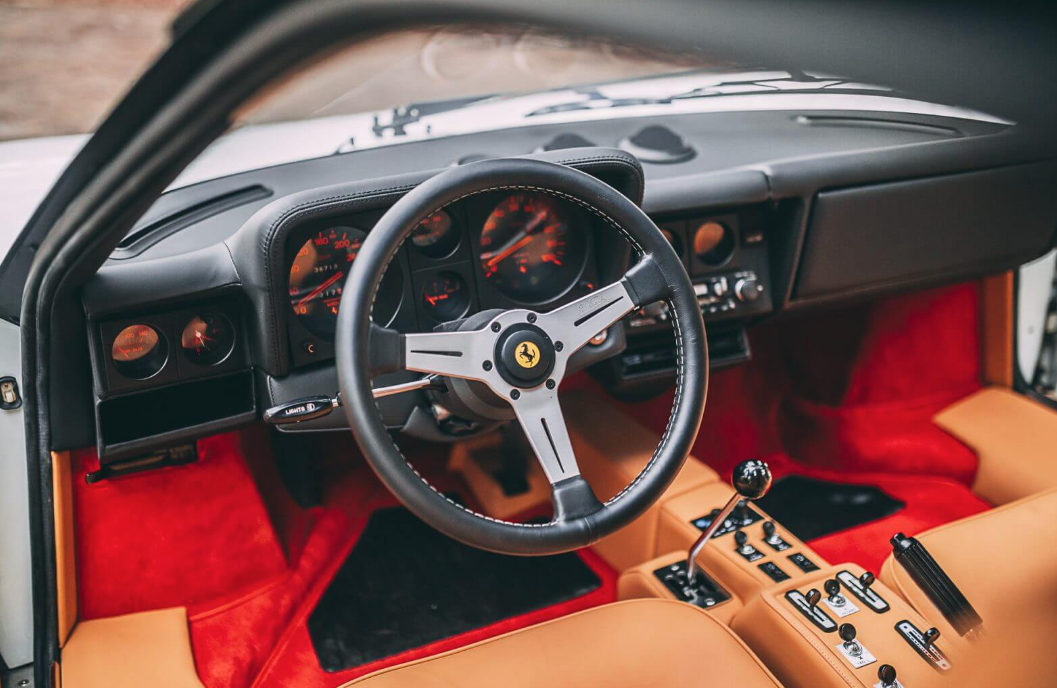
The Lamborghini Urraco P200’s interior is similarly driver-focused but with its own unique Italian flair. The cabin space is relatively compact, as expected in a sports coupe, yet it is crafted to maximize the sense of roominess within the constraints. Like the Ferrari, the Urraco features leather seating that offers comfort and support, with a degree of bolstering to hold occupants in place during spirited driving. The layout of the Urraco’s cockpit is also driver-oriented, with a clear view of the instrumentation and straightforward access to the vehicle’s controls and switches. Lamborghini paid attention to the tactile quality of the switches and levers, ensuring a satisfying interaction with the vehicle’s functions.
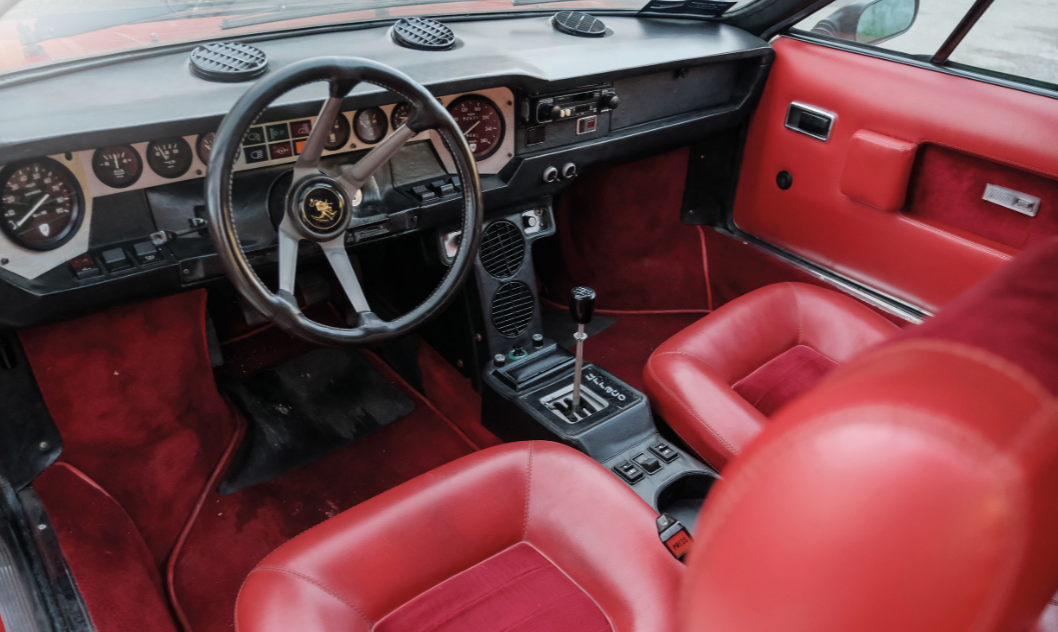
Styling and Proportions
The Ferrari BB 512 boasts a design that is at once aggressive and sleek. The low, wide stance is punctuated by sharp angles and smooth curves that meld into a cohesive form that is instantly recognizable as a Ferrari. The pop-up headlights and side air intakes contribute to its aerodynamic profile and add to the vehicle’s visual drama. The aesthetic appeal of the BB 512 lies in its blend of muscularity and elegance, hallmarks of Ferrari’s design language.
In terms of practicality, the BB 512’s ground clearance is relatively low, which is typical for high-performance sports cars aimed at optimizing aerodynamic efficiency and handling. Visibility is adequate for a mid-engined car, with ample forward sightlines, though rearward visibility is limited by the car’s design and engine placement. The dimensions of the BB 512, while wide, are still compact enough to navigate through tight spaces and fit into standard garage spaces, although care must be taken due to the vehicle’s width and value.
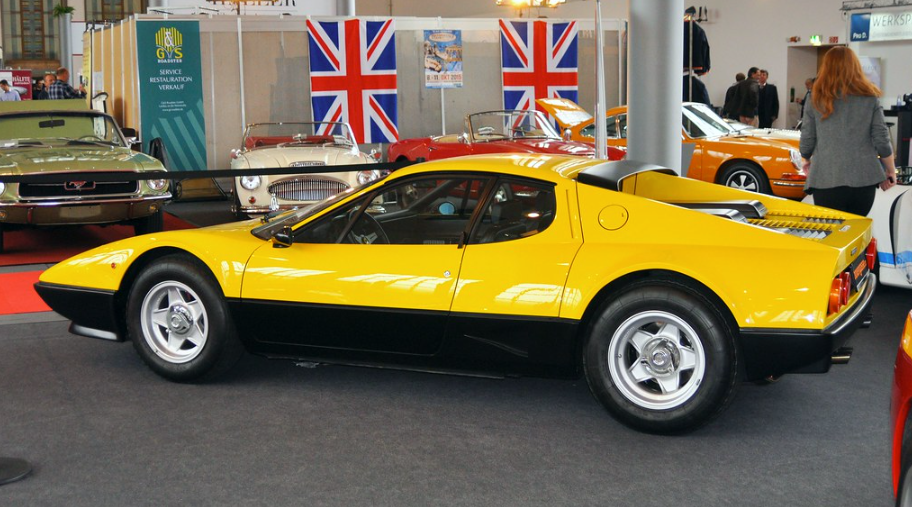
Ferrari BB 512 Dimensions
- Length: Approximately 4400 mm (173.2 inches)
- Width: Approximately 1830 mm (72 inches)
- Height: Approximately 1120 mm (44.1 inches)
- Wheelbase: 2500 mm (98.4 inches)
The Lamborghini Urraco P200, on the other hand, presents a somewhat more subdued design compared to the more flamboyant models in Lamborghini’s stable. The Urraco’s lines blend sharp angles and flowing curves, creating a look that is both sporty and somewhat understated. The car’s wedge shape and lower front profile were designed with aerodynamic efficiency in mind, while the overall size was more compact than Ferrari’s offering. The Urraco’s ground clearance is also low, prioritizing handling and stability over high-clearance practicality. Visibility in the Urraco is reasonable, though, like the BB 512, the rear view is compromised by the mid-engine design and the car’s low-slung nature. Its dimensions make it a more practical proposition for tighter urban environments and home garages, although, as with any classic sports car, drivers must be mindful of the vehicle’s proportions when parking or maneuvering in confined areas.
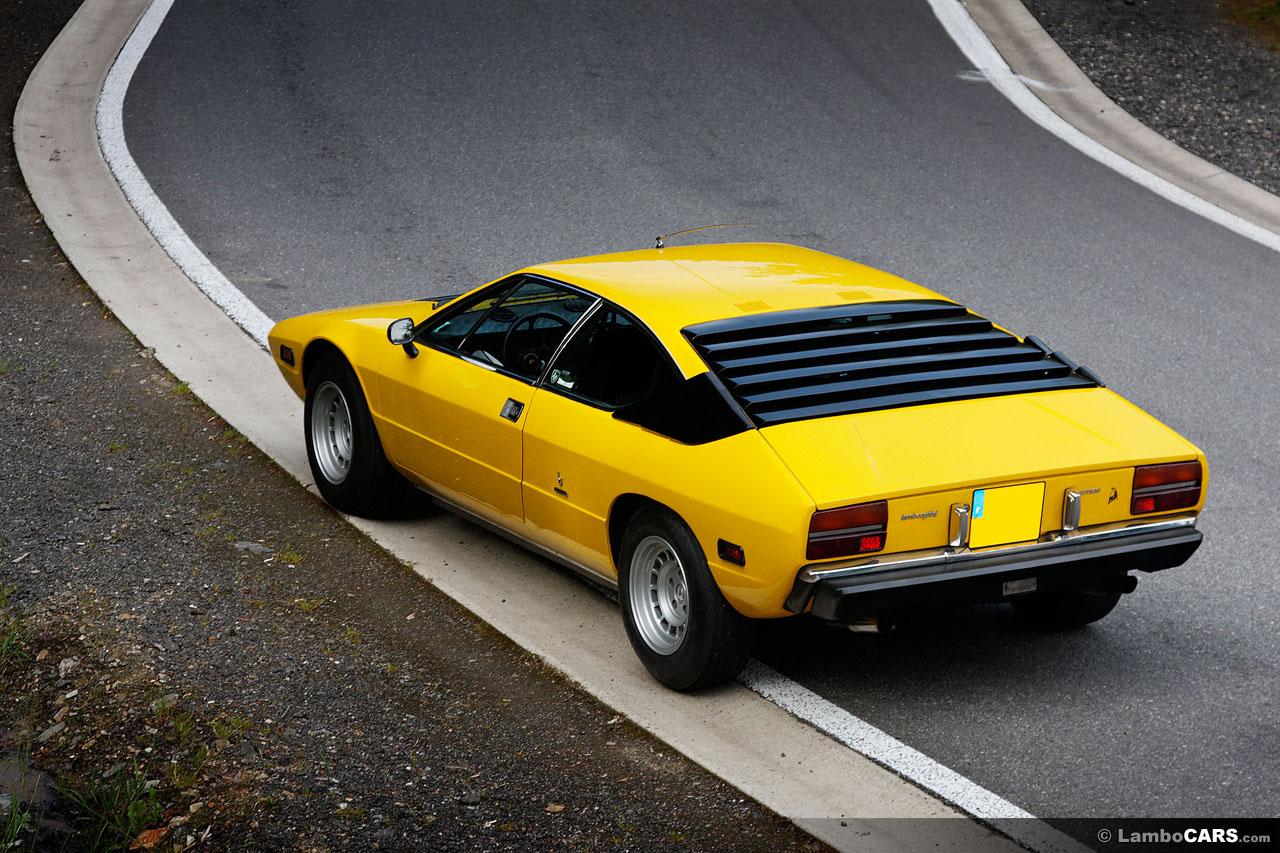
Lamborghini P200 Dimensions
- Length: 4220 mm (166.1 inches)
- Width: 1760 mm (69.3 inches)
- Height: 1160 mm (45.7 inches)
- Wheelbase: 2450 mm (96.5 inches)
The Tech of Yesteryear: Classic and Current
The Ferrari BB 512, while primarily focused on delivering raw performance, did not skimp on technology that would enhance the driving experience. The instrumentation within the BB 512 was comprehensive, featuring gauges and dials that provided the driver with detailed feedback on the car’s performance. This included a tachometer, oil pressure gauge, and water temperature gauge, all essential for monitoring the car’s vitals during spirited driving. While the BB 512 may not have boasted the advanced digital interfaces seen in modern cars, the analog technology of the time was designed to be functional and reliable.
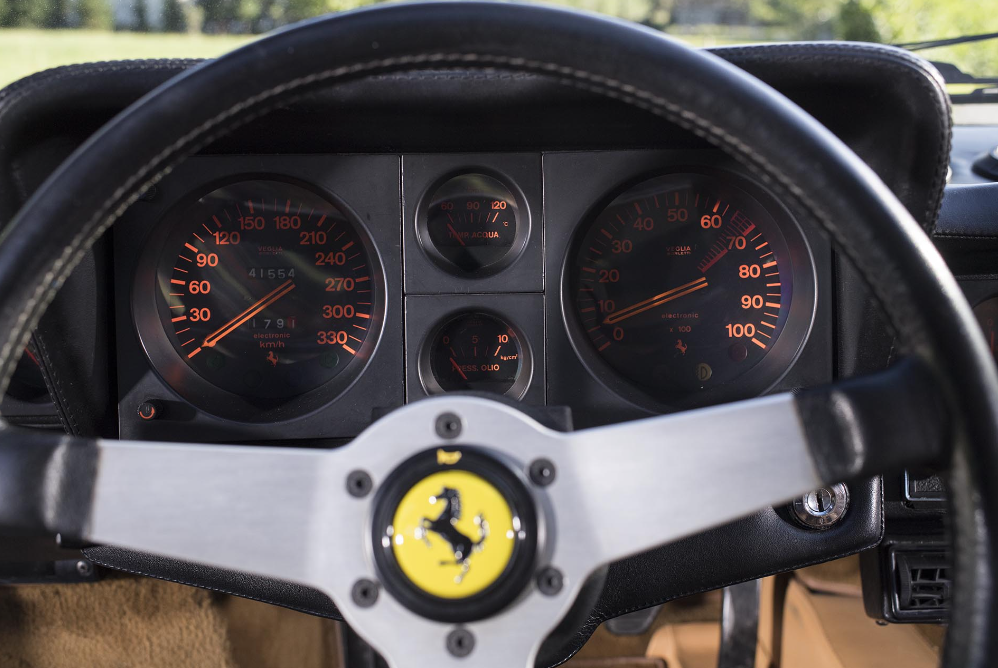
Lamborghini’s Urraco P200, similarly, was equipped with a suite of features that made it a technological marvel of its day. The car’s emphasis on being a more accessible Lamborghini did not detract from its technological endowments. It featured electronic ignition, a technical advancement at the time, which provided more reliable engine starting and performance. The Urraco also included power windows and optional air conditioning—a notable feature given the era, adding a layer of comfort to the car’s sporty interior.
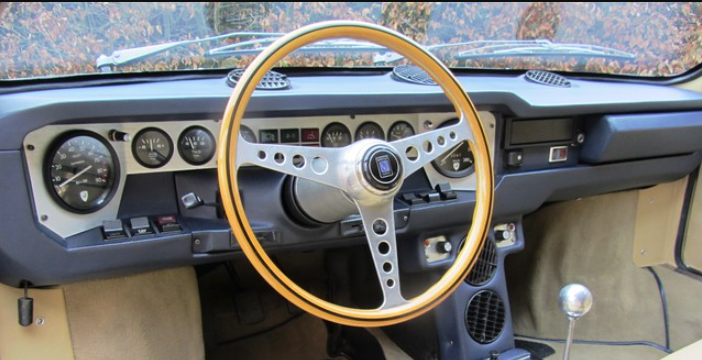
Endurance Legends: Beyond the Warranty
The Ferrari BB 512, like many high-performance cars of its era, required meticulous upkeep to maintain its reliability. Owners of these vehicles often faced high costs for routine maintenance and repairs, due in part to the complexity of the BB 512’s flat-12 engine and the specialized care needed for its advanced (for the time) mechanical systems. Historical data suggest that with regular and thorough maintenance, the BB 512 could be a reliable vehicle. However, any neglect in its care could lead to expensive repairs. Warranty coverage during the time of the BB 512 was limited compared to today’s standards, typically lasting for a period of one to two years without the extensive coverage of modern warranties.
The Lamborghini Urraco P200’s reliability is a tale of Italian innovation mixed with the challenges of producing a more accessible mid-engine sports car during the 1970s. The Urraco’s more straightforward V8 was easier to maintain than the more complex engines found in other Lamborghinis of the time, but it still required careful and regular maintenance to preserve its reliability. Like the BB 512, warranty coverage for the Urraco was relatively brief, and owners were expected to commit to a rigorous maintenance schedule to keep their vehicles in good running order.
Common repairs for both models could be costly, primarily due to the scarcity and expense of parts, as well as the specialized labor required. For instance, engine overhauls, clutch replacements, and suspension work represent some of the more significant expenses an owner might face. The rarity of these vehicles today has only increased these costs, as many parts must be sourced from specialists or fabricated to match original specifications.
Safety Through the Ages: A Retrospective
Safety standards during the 1970s were less stringent than today. However, both Ferrari and Lamborghini incorporated the best available safety technologies at the time into the BB 512 and Urraco P200. These included features like a robust steel chassis that provided some degree of protection in the event of a collision and four-wheel disc brakes, which offered better stopping power than the drum brakes still common on less expensive cars.
In terms of passive safety, both vehicles were fitted with seat belts—a feature that had become mandatory only a few years prior to their production. Neither car had airbags or anti-lock braking systems (ABS), as these technologies were not commonly available until later. Traction control systems, stability aids, and other now-standard electronic safety features were also absent, as the technology had not yet been developed.
Crash testing was not as rigorous or standardized as it is today, so there are no contemporary crash test ratings from organizations like the National Highway Traffic Safety Administration (NHTSA) or the Insurance Institute for Highway Safety (IIHS) for these models. The design philosophy of the time emphasized a strong driving experience, with the understanding that the best way to avoid accidents was through superior handling and braking performance.
Conclusion: What is better?
The question of which car is “better” between the Ferrari BB 512 and the Lamborghini Urraco P200 is one that doesn’t lend itself to a simple answer. Both vehicles are iconic representatives of their respective marques and embody the pinnacle of automotive engineering and design of their time. The choice between the two ultimately comes down to personal preference and what one values in a classic sports car.
The Ferrari BB 512 is perhaps the more performance-oriented of the two, with a larger, more powerful engine and higher top speeds, which may appeal to those who prioritize outright performance and the thrill of a higher-powered engine. Its design is unmistakably Ferrari, and it carries a certain cachet and exclusivity that is associated with the brand’s prestigious racing heritage.
The Lamborghini Urraco P200, while not as powerful as the BB 512, offers a different set of virtues. It presents a more unique silhouette and is often celebrated for its handling dynamics and the distinct driving experience that a smaller, more nimble car can provide. It also represents a more unusual choice in the world of classic Italian sports cars, which may appeal to collectors looking for something that stands out from the norm.

